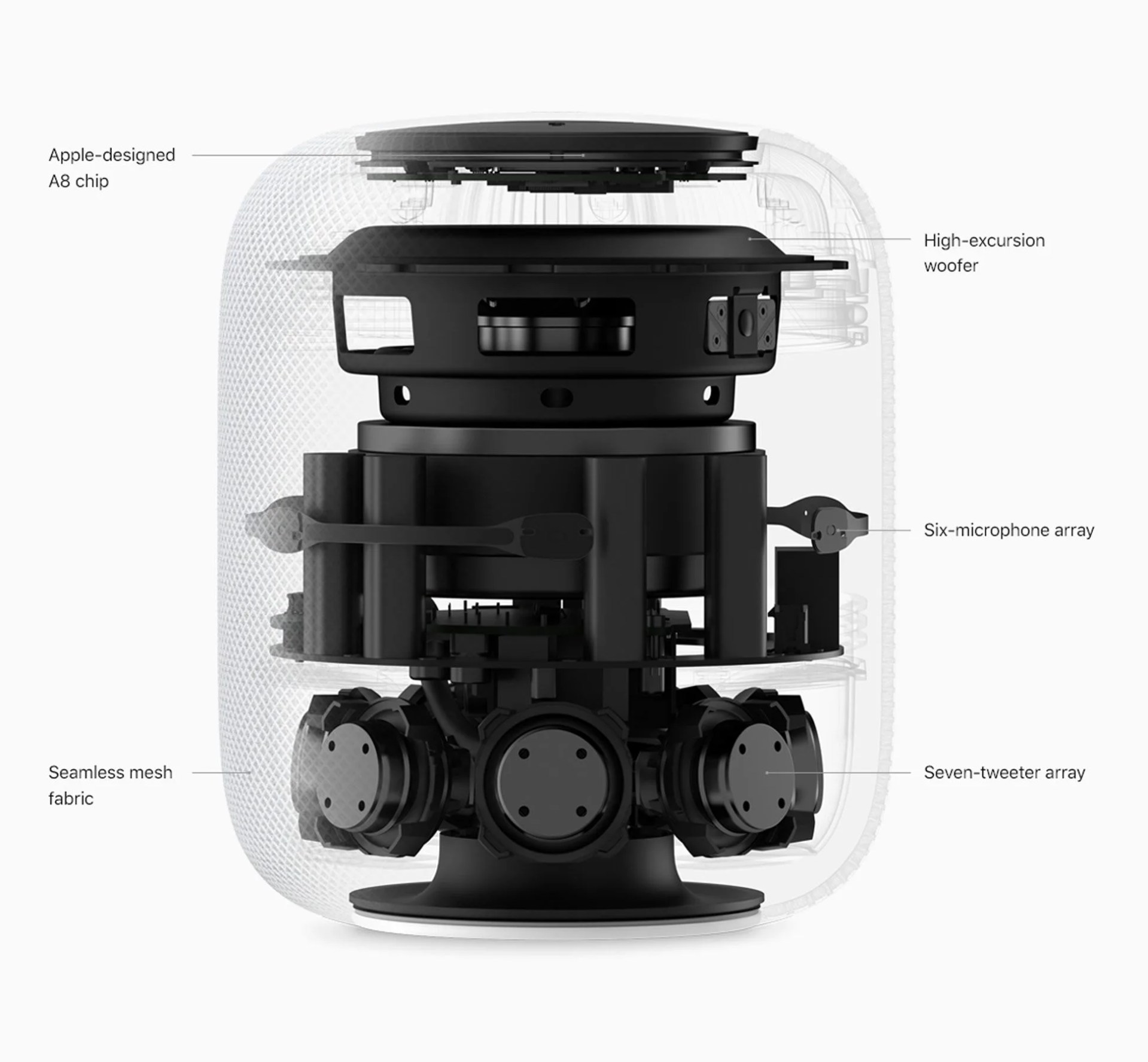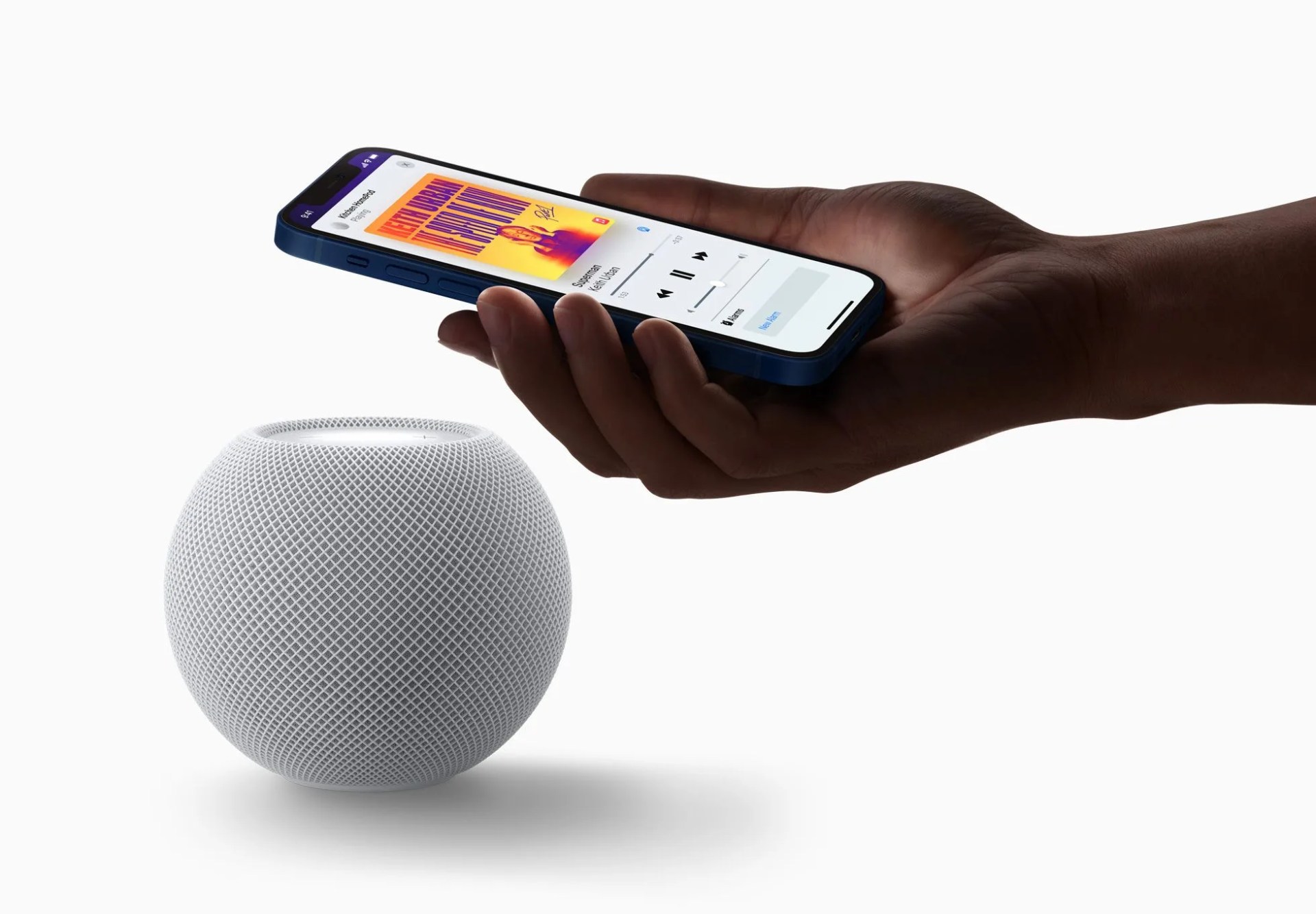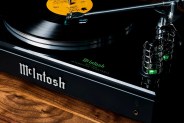Apple’s smart speakers, the HomePod and the HomePod mini, are different from most other smart speakers in 2020. That’s because they’re one of the few true 360-degree smart speakers left. Amazon and Google both dabbled in the format, but have since pointedly abandoned it. So why is Apple trucking on?
This is the first year that Amazon, since 2014, that Amazon has abandoned a 360-degree design for a directional Echo, even in a model that sports a new spherical design. The same is true with Amazon’s smaller fourth-generation Echo Dot. Google’s newest flagship smart speaker, the Nest Audio is also a front-firing speaker for the first time. Its biggest and best-sounding smart speaker, the Google Home Max, is a front-firer too. Only the Nest Mini, the company’s smallest smart speaker, remains 360-degree smart speaker.
 Apple
AppleSo, why are Amazon and Google abandoning the 360-degree design? The simple answer is that it’s not particularly practical for smart speaker purposes. Pioneered primarily by Ultimate Ears and its line of Boom portable speakers, the design proved terrific for party applications. But for everyday speakers, and wired ones in particular, it’s far less convenient. It clutters up the decor and drags a wire through your living room, all for the primary advantage of delivering sound to areas of the room that no one is in.
So why is Apple continuing to make 360-degree smart speakers when they’ve seemingly gone out of style? For all the original HomePod’s flaws, it’s probably the best-sounding smart speaker thanks to its seven downward-firing tweeters, upward-firing woofer, and the a software that commands them. Using Apple’s A8 processor, it uses beam-forming technology to tune itself and attempt remove distortions from its playback. It’s a lot of innovation to simply abandon.
 Apple
AppleBut the HomePod mini, with its cheaper innards and less powerful S5 processor, can’t make use of the same self-tuning and beam-forming tricks, so why the same design? First there’s the matter of consistency, but the second is that Apple may just be pretty set on wanting a HomePod mini in the center of the room so it gets more use.


